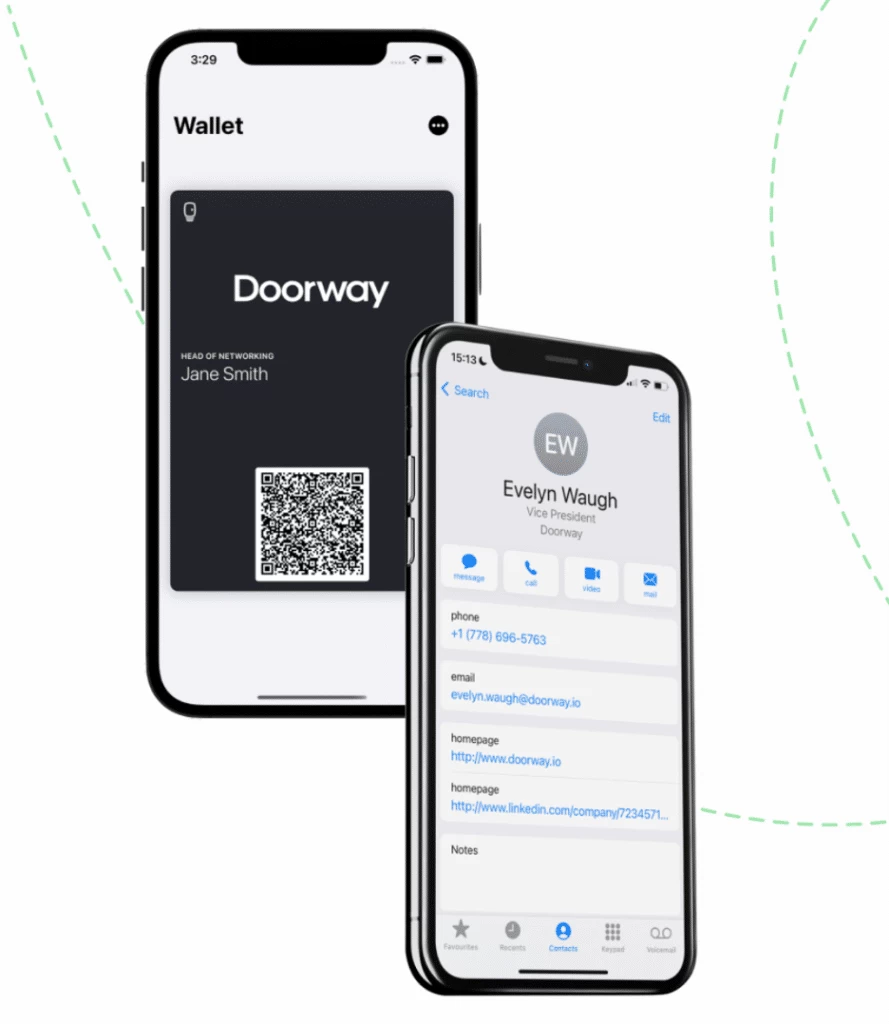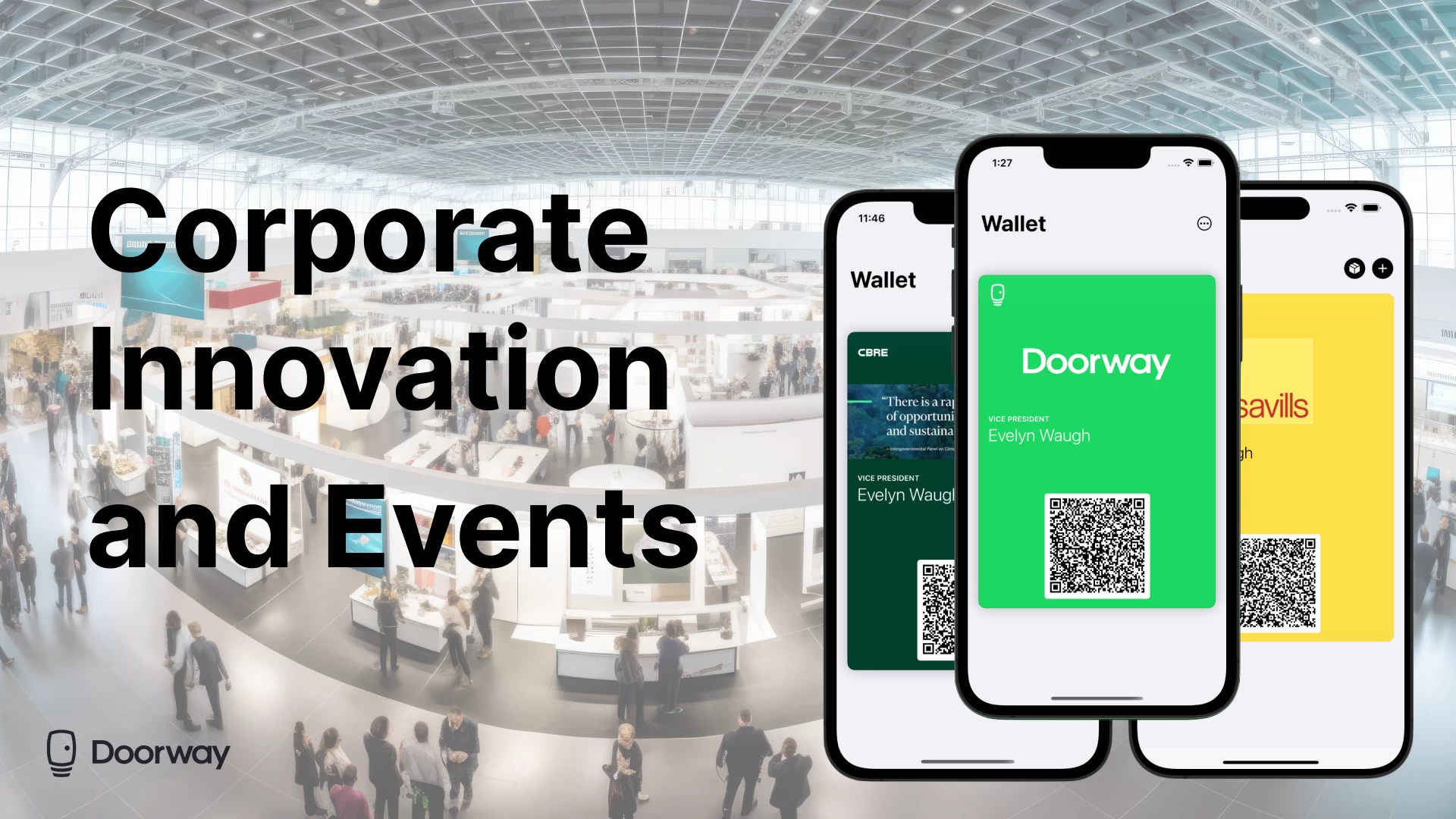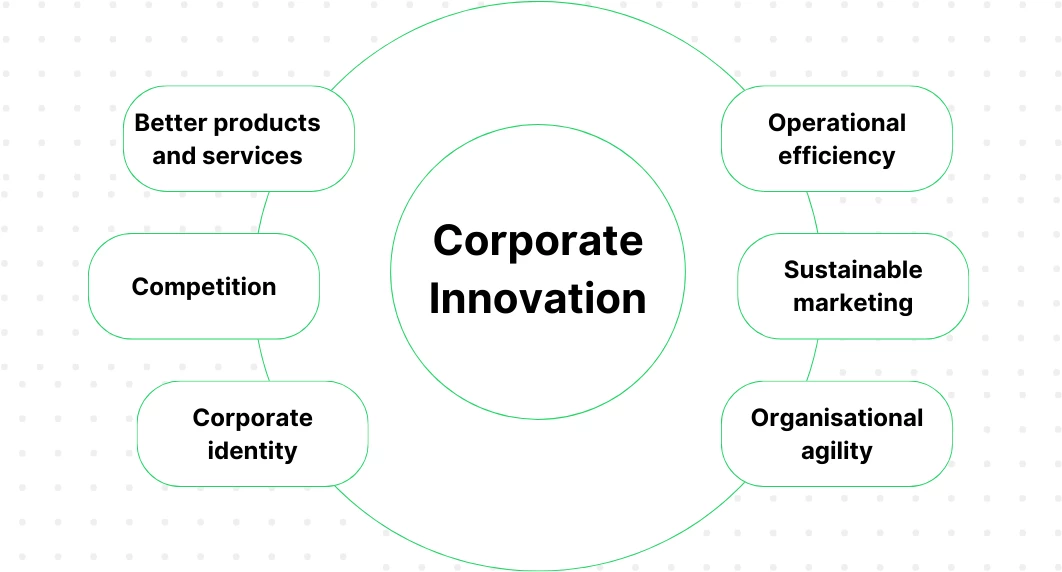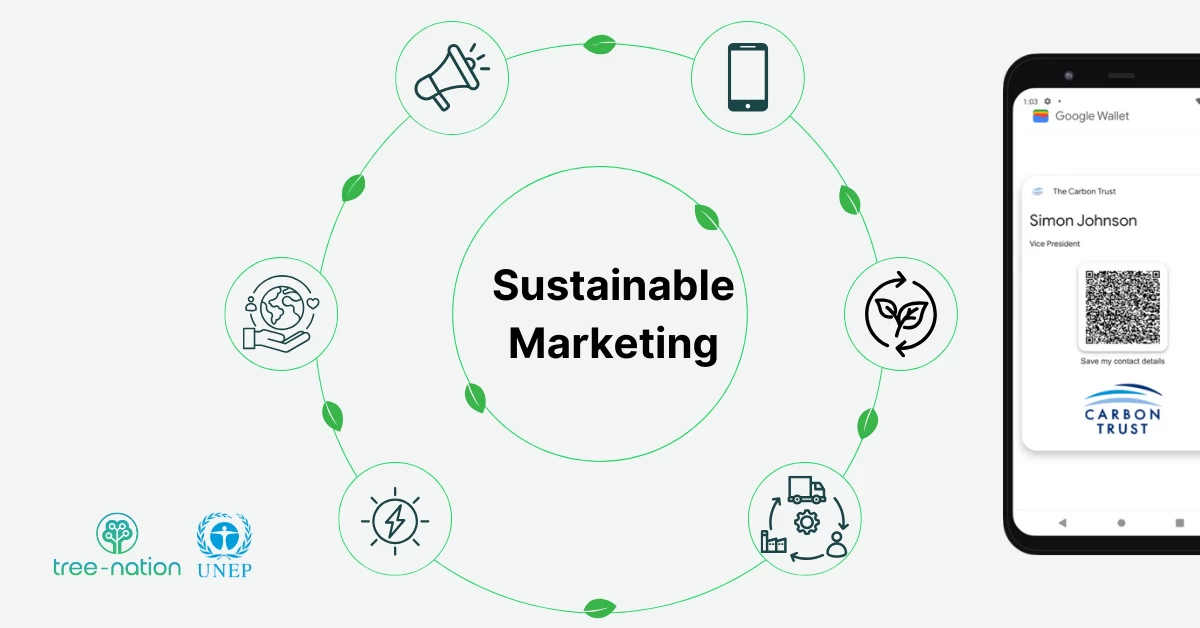In this article, we break down the benefits and drawbacks of standardized cards to help you decide if you should customize cards on a one-by-one basis or give every employee the same one.
Benefits and drawbacks of standardized business cards
We already know business cards are a wise investment. Still, large companies with multiple employees may find it overwhelming when everyone from finance to recruitment and every other department in between needs their own business card.
To avoid business cards becoming costly and time-consuming, many companies end up printing standardized business cards, so every employee has the same business card.
That makes sense. Why wouldn’t you want to save the valuable time it would take to edit every employee’s name and contact details during the ordering process?
Another reason companies choose to do this is to keep consistency. All employees represent the company, and their business card extends the brand identity. When you standardize their business card, you’ll have peace of mind that there will be continuity across the board, from the company logo and branding to the layout and company contact info.
However, something you could be overlooking if you decide against personalized business cards is that they lack the human connection networking relies on.
But that’s not all. We’ve put together some pros and cons to help you decide whether generic company cards or personalized business card are the right fit.
Tailoring business cards for different employees
Most people judge a book by its cover. It’s the same when it comes to looking at a business card. So when you hand over a standardized company business card that doesn’t say much about you, not even your name, you’re less memorable.
But when you give employees their own business cards, including their name, job role, and contact information, they have a much better chance of making a lasting impression.
Let’s explore some of the benefits of personalized business cards.
Help builds personal connections
When you tailor a business card to each employee, it’s easier for them to use it to help make personal connections whenever they hand it over to someone.
People are more likely to relate to a human name than a company logo and generic contact details on a standardized company business card.
The stronger that first impression, the more likely your employees will secure a better connection with potential prospects.

Create a personal brand
Positioning your employees as experts within your sector is a great way to showcase your business from a place of authority.
Individualized business cards can help achieve this as they build your employee’s brand of expertise, which could be more appealing to new connections.
Encourage easier communication
Personalized business cards include your employee’s direct contact information, which makes communication straightforward.
People are more likely to reach out to your employees if they know they’ll get through to the correct person instantly rather than through an automated answering system.

Guidelines for business card design
One of the main benefits of standardized company business cards is ensuring consistency across the board.
After all, business cards must represent the business and align with your branding, and you may be worried that this is hard to achieve with personal cards.
To help prevent this, you can set clear design guidelines beforehand and manage the customization process centrally.
Before you print business cards, we recommend considering how:
The business card looks
Your business card should incorporate design assets like fonts and colour palettes that tie in with your overall company branding.
This way, even if multiple employees have a personal card, they’ll remain cohesive with your company’s look and feel.

Create business card templates
Once you’ve decided how your cards should look, using business card templates can help keep branding consistent across the whole company and means your employees won’t have to start from scratch when creating their cards.
Your template should include everything you’d like to include on all business cards, such as:
- Logo
- Company name
- Website URL
- Any design assets or features you’d like to add
Remember to leave space for your employees to customize the template with their name, job role, and contact details to make the cards personal to them.
Put processes in place
Now that you’ve created your card templates, you can decide who can take charge of employees’ personal cards and then communicate this process with your whole team.
One way you might do this is by asking HR to create the card before a new employee joins. Or you could give each Head of Department the responsibility for their teams.
Decide the best way for your business and how you can factor this into your employee’s work capacity.

Alternatives to standardized business cards
Personalized business cards are something that large companies will find much more manageable to factor into budgets and timescales. If you don’t have that luxury, look at alternative ways to standardize business cards while offering a touch of personalization.
One option is using department-specific business cards. This way, when the time comes to print, all you’ll have to do is edit the job title on the business card rather than lots of other information.
It could also be an option to create role-specific business cards. You can do this by grouping the cards into each relevant role in your organization, for example, Executives, Senior Executives, Managers and Heads of Departments.
That way, the business cards will still show your new connections and their roles within the company, but you’ll still have fewer cards to create.
Applying lessons to other areas of the business
Personal business cards are just the beginning. A standardized approach isn’t always the best solution for businesses.
Could you start to personalize things like employee email signatures or staff uniforms?
One of the main things this could achieve is a sense of individual identity amongst staff, which will work wonders for morale as employees will feel like they’re valued, and not just a ‘copy and paste’ of each other.
It’s all about striking that perfect balance where you achieve consistency across all aspects of the company but also knowing it’s not always a case of one size fits all.
You must make a decision aligned with the company values and personalized for your employees.
Something as seemingly simple as offering employees their business cards could be just the start of them feeling valued company members.
Discover digital business cards
Looking for a business card that’s easy for multiple employees to manage but also designed specifically with your business in mind? A digital business card could be the answer.
Doorway allows employees to do business better by effortlessly sharing their personal contact information from their phone’s digital wallets.
To find out more, get in touch.

FAQs
How can customized business cards benefit different types of employees?
Customized business cards allow employees to secure personal connections during a networking event, enable people to access them directly quickly and build their brand.
What are some best practices for creating clear and consistent business card design guidelines?
Create a business card template so employees can personalize their business cards but allow the design to be consistent across the company. The template should be customizable so employees can add their contact details to their own business cards.
What are some alternative solutions to using the same business card for all employees?
If there are better options for your company than personal business cards, consider role or department-specific cards, this will keep time and costs down whilst still adding personalization.




